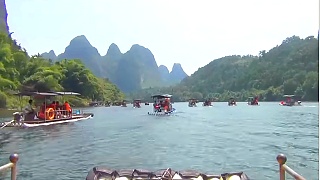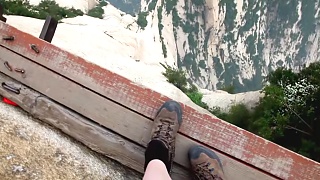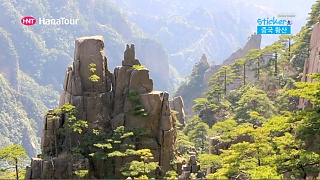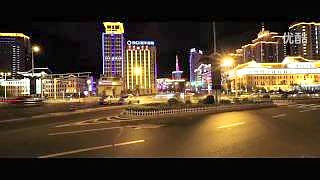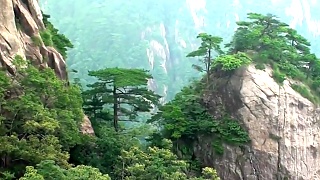YT comment : "It is win-win versus win-lose. Two very different mindsets".
YT comment : "Propaganda is about decoupling what people 'know' from reality. Insanity is believing your own propaganda".
YT comment : "A bully does not want competition at all. Rules are always bend to suit their own agenda and arms are twisted to coerce who is the big daddy on the playground. Moreover deploying half truth tactics or false flags to raise fear are common tactics in their playbook."
YT comment : "Fear is the only reason the U.S. wanted to contain China. When tariffs failed, technology sanctions followed. When both tariffs and sanctions failed, de-coupling became the buzzword. And when de-coupling was found to hurt the U.S. economy more than China's, it was changed to de-risking which in effect means a "slow de-coupling" until a more appropriate time. And now, fear has invaded European minds and the Europeans want to adopt the American low-life tactics.
Twenty years ago, American muscle cars and reliable Japanese cars plus reputable German, French and Swedish cars and even newbies from South Korea were selling like hot cakes in the Chinese market and each and every maker made a fortune in China. Nowadays, however, the U.S. has no hope of selling anything to China -- not only industrial products but also agricultural produce which are easily replaced by many other countries around the globe. Sooner or later, the world will be divided into 2 camps: one that embraces worldwide integration and the other a closed economy that fears competition. The acceleration of the de-dollarization movement will speed up the divide even further, to the point that it may break the world monetary system in half."
[640],shadow=true,start=,stop=Bonus films - on China's economy - with Peter Walker and Thinkers Forum ...
On the Belt and Road Initiative and how it shows China's vision for Development - with BRIX Sweden and Stephen Brawer ...
[320],shadow=true,start=,stop= On human rights, propaganda and trade – don’t miss it
On human rights, propaganda and trade – don’t miss it













![`US-sponsored separatist groups, backed by Washington for decades, are being mobilized to attack and undermine activities related to the BeiJing 2022 Olympics, starting with the torch relay in Greece. I explain the background of the “Free Tibet” movement and how the US government, through the CIA, backed it as early as the 1950s and transferred its operations to the National Endowment for Democracy (NED) [or `Dominion` / enslavement]. ` With The New Atlas . . . Bonus films - terror activities by US-backed `opposition` in Myanmar . . . Bonus film 2 - subverting the `left` . . . Bonus film 3 - on Ecuador . . . Bonus film 4 - on Cambodia . . . They say : `How dare you put your face in front of my fist ! Serve your master. Or else. ` More . . . On the US plan to nuke Chinese cities - as revealed by Daniel Ellsberg, famous for the `Pentagon Papers`, with NuMuves . . . On the Falun Gong cult . . . *** Planning war on China - part 11 - don't miss it ***](https://img.youtube.com/vi/2w31eNNcGVU/mqdefault.jpg)
















